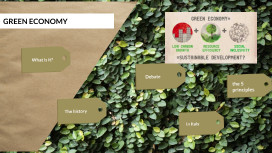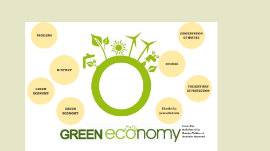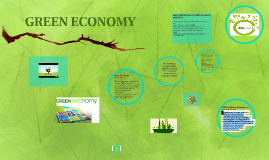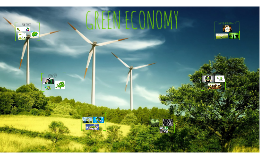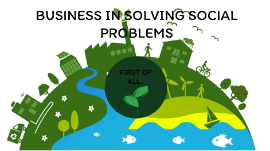Green Economy
Transcript: Johnson Vansh Green Economy Karran Pawan Joshua Turn off electric items when they are not in use to save energy. A good rule of thumb is that if you aren’t using it, turn it off. This goes for lights, televisions, computers, printers, video game consoles and so on. Use a power strip to control multiple items with the flip of a single switch. You can plug all of your devices into one power source. This is especially useful for computers and entertainment system setups. When you're done, simply turn the power strip off with the switch. If you find that you have a hard time remembering to turn your devices and appliances off, try picking up an outlet timer at your local hardware store or online for as little as $5.00. Set the timer to turn off at the same time each day. Unplug devices whenever possible to limit the flow of electricity. Leaving devices such as laptops, desktop computers, mixer-grinders, ovens, TVs etc., plugged in can use "phantom" energy. Many devices and appliances simply stay on standby or enter a sleep mode when they are turned off. These items still draw electricity when they are in this state. This is especially important if you go on vacation, and for items that you do not anticipate using within the next 36 hours. Adjust the temperature settings in your house. · Set your systems to a slightly lower or higher temperature than it is outside, when you can. This makes it so your systems don’t have to work as hard. Plus, the warmer the heat, the more money it costs; and the same goes for your air conditioner—the colder the air, the more money you spend. · When the winter is too cold to set your thermostat just above the outside temperature, set it at the lowest temperature that is comfortable for your family. · During hot summer weather, set your thermostat at the highest temperature that is comfortable for your family. For example, you might set it at 78 °F (26 °C). Although you might not feel cool, it's far better than 90 °F (32 °C)! · Use a fan or natural ventilation as often as you can to keep cool when it is hot outside. · Wear extra layers and use a blanket to stay warm when it is cold outside. Switch to LED light bulbs in as many lights as you can. LED light bulbs do cost more than conventional light bulbs, but the benefits outweigh the cost. They use 25-85% less energy, last 3-25% longer, and are much better/safer for the environment. When replacing your bulbs, start with the lights that you use the most. Trade in your electric dryer for a good old-fashioned clothesline. Tumble dryers are among the biggest energy-users in most households, after the refrigerator and air conditioner. Air drying your clothes is environmentally friendly and still leaves your clothes smelling fresh. If you do use a dryer, make sure to clean the vent often for efficiency as well as safety.







